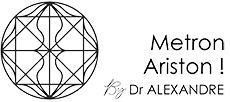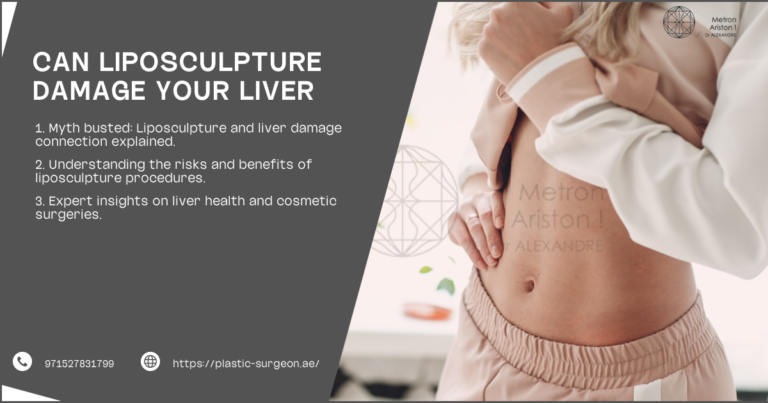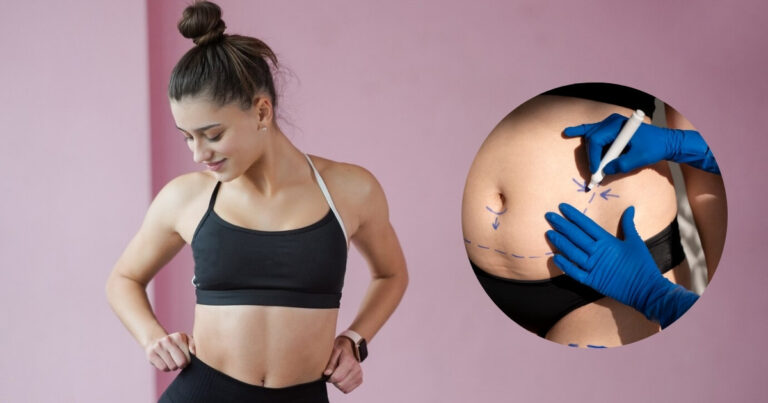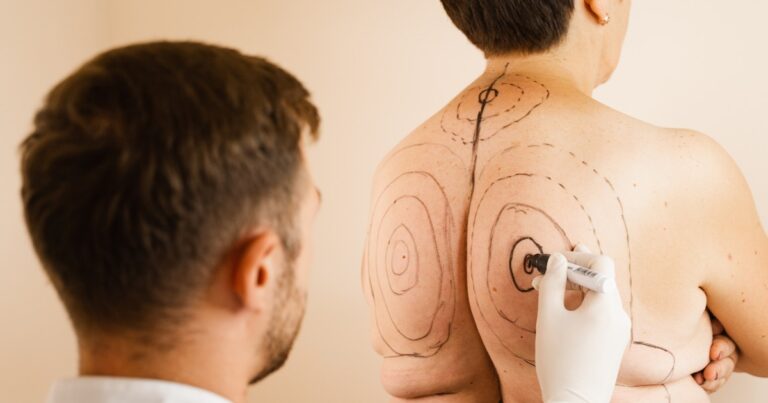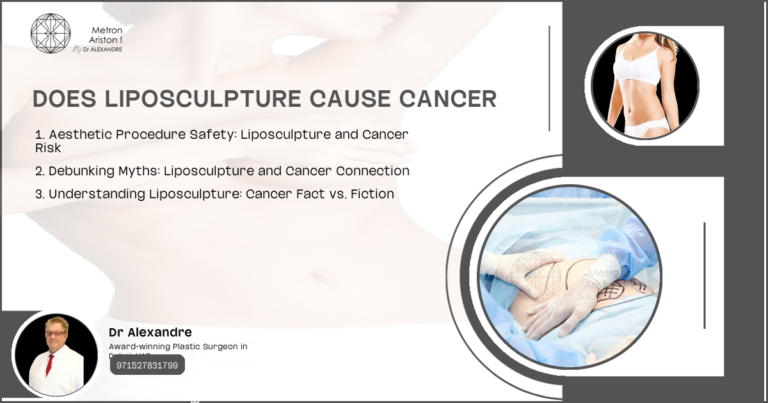Can Liposculpture Damage Muscle
Liposculpture and Liposuction 
Liposculpture and liposuction are popular cosmetic procedures aimed at removing excess fat to enhance body contours. Liposuction is a surgical technique that suctions fat from specific areas, while liposculpture is a more refined version that focuses on sculpting the body by removing and redistributing fat. Both procedures are designed to improve body aesthetics but differ in their approach and precision.
Tummy Reshaping Procedure
Tummy Reshaping Procedure helps make your belly look flatter and smoother by removing extra fat and skin doctors use special tools to change the shape of your tummy during this surgery
Liposculpture is often considered an art form, as it requires a skilled surgeon to create natural-looking results. It involves meticulous fat removal and contouring to achieve a desired shape. On the other hand, traditional liposuction is more about volume reduction and may not focus as much on the finer details of body contouring.
- Liposuction: Primarily for fat removal
- Liposculpture: Focuses on body contouring and sculpting
- Both aim to enhance body aesthetics
Differences Between Liposculpture and Traditional Liposuction
While both procedures aim to remove fat, the techniques and outcomes can vary significantly. Liposculpture is more targeted and precise, often using smaller cannulas to remove fat and sculpt the body. This precision allows for more detailed contouring, making it ideal for patients seeking a more defined look.
Traditional liposuction, however, is generally used for larger areas and may not provide the same level of detail. It is often chosen for its effectiveness in removing significant amounts of fat but may not offer the same sculpting benefits as liposculpture.
- Liposculpture: Uses smaller cannulas for precision
- Traditional Liposuction: Effective for larger areas
- Liposculpture offers more detailed contouring
Common Treatment Areas for Muscle-Adjacent Fat Removal
Both liposculpture and liposuction target areas where fat is adjacent to muscle, such as the abdomen, thighs, and arms. These areas are often chosen because they can significantly impact the overall body shape and are common sites for stubborn fat deposits.
The proximity to muscle tissue in these areas raises questions about potential muscle damage during the procedures. Understanding the treatment areas helps in assessing the risks and benefits associated with each procedure.
- Abdomen: Common site for fat removal
- Thighs: Targeted for contouring
- Arms: Often treated for a toned appearance
Safeguarding Muscles During Liposculpture Procedures 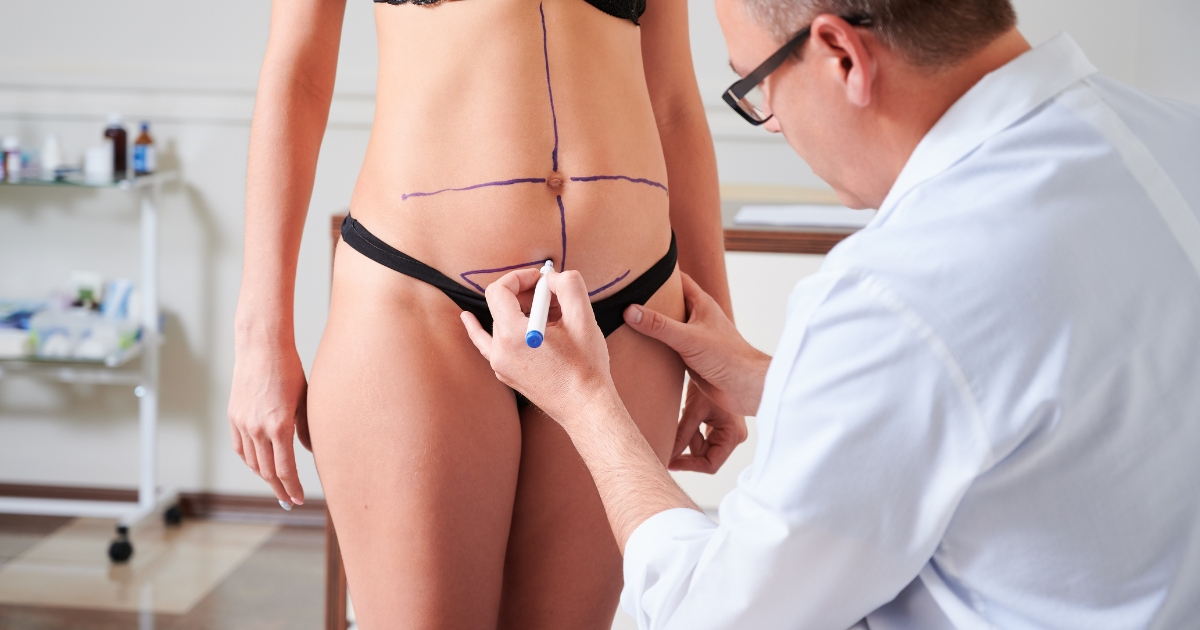
Advanced Techniques to Protect Muscle Integrity
To safeguard muscle integrity during Liposculpture procedures, advanced techniques are employed. These include using smaller cannulas, tumescent solutions to minimize bleeding, and ultrasound-assisted Liposculpture to target fat more precisely. These methods help in reducing the risk of muscle damage and ensure a smoother recovery.
Surgeons like Dr. Alexandre utilize these techniques to enhance patient safety and outcomes. By focusing on precision and minimizing trauma, the risk of muscle-related complications is significantly reduced.
- Smaller cannulas for precision
- Tumescent solutions minimize bleeding
- Ultrasound-assisted liposuction targets fat
Importance of Surgeon Expertise in Minimizing Muscle Damage
The expertise of the surgeon plays a critical role in minimizing muscle damage during liposuction. Experienced surgeons have a deep understanding of anatomy and can navigate the procedure with precision. They are skilled in identifying the right amount of fat to remove without compromising muscle integrity.
Patients should thoroughly research and choose a board-certified surgeon with a proven track record in liposculpture and liposuction. This ensures that the procedure is performed safely and effectively.
- Surgeon expertise is crucial
- Board-certified surgeons recommended
- Proven track record ensures safety
Pre-Operative Considerations for Muscle Preservation
Before undergoing liposuction, certain pre-operative considerations can help preserve muscle health. Patients should discuss their medical history, current medications, and any concerns about muscle preservation with their surgeon. This information allows the surgeon to tailor the procedure to the patient’s needs.
Additionally, maintaining a healthy lifestyle and engaging in regular exercise can strengthen muscles and improve recovery outcomes. Patients should follow their surgeon’s pre-operative guidelines to optimize results.
- Discuss medical history with the surgeon
- Tailored procedures for individual needs
- Healthy lifestyle aids in recovery
Recovery and Muscle Function Post-Liposculpture
Expected Timeline for Muscle Recovery
Recovery timelines can vary depending on the individual and the extent of the procedure. Generally, patients can expect to resume normal activities within a few weeks. Muscle recovery is typically swift, with most patients experiencing improved function as swelling decreases.
Following the surgeon’s post-operative care instructions is essential for a smooth recovery. Patients should be patient and allow their bodies time to heal fully.
- Recovery varies by individual
- Normal activities resume in weeks
- Follow post-operative care instructions
Exercises to Maintain Muscle Strength After Liposculpture
Engaging in light exercises post-Liposculpture can help maintain muscle strength and promote healing. Activities such as walking, stretching, and low-impact exercises are recommended. These exercises improve circulation and prevent stiffness.
Patients should consult their surgeon before starting any exercise regimen to ensure it aligns with their recovery plan. Gradually increasing intensity as the body heals is key to maintaining muscle health.
- Light exercises recommended
- Walking and stretching improve circulation
- Consult surgeon before exercising
Signs of Potential Muscle Damage to Watch For
While muscle damage is rare, patients should be aware of signs that may indicate complications. Persistent pain, swelling, or weakness in the treated area could signal an issue. If these symptoms occur, patients should contact their surgeon promptly.
Early detection and intervention can prevent further complications and ensure a successful recovery. Patients should not hesitate to seek medical advice if they have concerns.
- Persistent pain or swelling
- Weakness in treated area
- Contact surgeon if symptoms occur
Comparing Liposculpture to Other Fat Reduction Methods 
Non-Invasive Alternatives and Their Impact on Muscle
Non-invasive fat reduction methods, such as CoolSculpting and laser lipolysis, offer alternatives to surgical procedures. These methods target fat cells without affecting muscle tissue, making them appealing for those concerned about muscle preservation. However, results may be less dramatic compared to surgical options.
Patients should weigh the pros and cons of non-invasive methods and discuss their options with a qualified professional. Understanding the potential outcomes can help in making an informed decision.
- Non-invasive methods target fat cells
- No impact on muscle tissue
- Results may be less dramatic
Surgical vs. Non-Surgical Approaches to Fat Removal
Surgical approaches like liposuction and liposculpture offer more immediate and noticeable results compared to non-surgical methods. However, they come with longer recovery times and potential risks. Non-surgical methods are less invasive but may require multiple sessions to achieve desired results.
Patients should consider their goals, lifestyle, and tolerance for downtime when choosing between surgical and non-surgical options. Consulting with a professional can provide clarity on the best approach for individual needs.
- Surgical methods offer immediate results
- Non-surgical methods are less invasive
- Consider goals and lifestyle when choosing
Choosing the Right Procedure for Your Body Goals
Selecting the right fat reduction procedure depends on individual body goals and preferences. Patients should consider factors such as desired results, recovery time, and potential risks. Consulting with a qualified surgeon can help in determining the most suitable procedure.
A personalized approach ensures that patients achieve their aesthetic goals while maintaining muscle health. Open communication with the surgeon is essential for a successful outcome.
- Consider individual body goals
- Consult with a qualified surgeon
- Personalized approach recommended
Preparing for Liposculpture to Minimize Muscle Impact
Pre-Operative Assessments and Muscle Considerations
Before undergoing liposculpture, pre-operative assessments are crucial to minimize muscle impact. These assessments help in identifying any underlying health issues and ensure that the patient is a suitable candidate for the procedure. Discussing muscle concerns with the surgeon allows for a tailored approach.
Patients should provide a comprehensive medical history and discuss any medications or supplements they are taking. This information helps the surgeon plan the procedure with muscle preservation in mind.
- Pre-operative assessments are crucial
- Discuss muscle concerns with the surgeon
- Provide comprehensive medical history
Discussing Muscle Concerns with Dr. Alexandre
Patients considering liposculpture should discuss their muscle concerns with Dr. Alexandre. His expertise in the field ensures that muscle preservation is prioritized during the procedure. Open communication allows for a personalized treatment plan that aligns with the patient’s goals.
Dr. Alexandre’s approach focuses on achieving aesthetic results while maintaining muscle health. Patients can trust his experience and skill in delivering safe and effective outcomes.
- Discuss concerns with Dr. Alexandre
- Personalized treatment plans
- Focus on muscle preservation
Lifestyle Changes to Optimize Muscle Health Before Surgery
Adopting a healthy lifestyle before surgery can optimize muscle health and improve recovery outcomes. Patients should engage in regular exercise, maintain a balanced diet, and avoid smoking and excessive alcohol consumption. These lifestyle changes support overall health and prepare the body for surgery.
Following the surgeon’s pre-operative guidelines is essential for a successful procedure. Patients should be proactive in making positive lifestyle changes to enhance their results.
- Regular exercise and balanced diet
- Avoid smoking and excessive alcohol
- Follow pre-operative guidelines
Post-Liposculpture Care for Optimal Muscle Recovery
Recommended Post-Operative Exercises
Post-operative exercises play a vital role in muscle recovery after liposculpture. Light activities such as walking and stretching are recommended to improve circulation and prevent stiffness. These exercises should be gradually increased in intensity as the body heals.
Patients should follow their surgeon’s advice on post-operative exercises to ensure a safe and effective recovery. Consistency in following the exercise regimen is key to maintaining muscle health.
- Light activities recommended
- Gradually increase intensity
- Follow surgeon’s advice
Nutrition Tips for Muscle Support During Healing
Proper nutrition is essential for supporting muscle recovery after liposculpture. A diet rich in protein, vitamins, and minerals can aid in healing and promote muscle health. Patients should focus on consuming lean meats, fruits, vegetables, and whole grains.
Staying hydrated and avoiding processed foods can also enhance recovery outcomes. Patients should consult with a nutritionist if needed to develop a balanced diet plan.
- Protein-rich diet supports recovery
- Focus on lean meats and whole grains
- Stay hydrated and avoid processed foods
Follow-Up Appointments and Muscle Function Evaluation
Regular follow-up appointments with the surgeon are crucial for monitoring muscle function and overall recovery. These appointments allow the surgeon to assess the healing process and address any concerns. Patients should attend all scheduled follow-ups to ensure optimal outcomes.
During these appointments, the surgeon may evaluate muscle function and provide guidance on further recovery steps. Open communication with the surgeon is essential for a successful recovery journey. Neuropathy liposculpture complications can cause numbness and pain in the treated areas This may lead to difficulty feeling or moving parts of the body after the procedure Nerve damage liposculpture
Liposculpture contours physique is a way to shape the body by removing extra fat It helps create a smoother and more defined look in specific areas Liposculpture motivates slimming by showing people how their body can look after fat removal This can inspire them to keep working on their fitness goals and maintain a healthier lifestyle
Liposculpture fat removal is a way to shape your body by taking out extra fat It uses small tubes to suck out fat from specific areas to make you look slimmer Liposculpture minimal sagging helps remove extra fat from specific body areas while keeping skin tight It can give a smoother look without loose skin after fat removal
Liposculpture hepatic effects can impact the liver’s function and health This procedure may cause changes in how the liver processes fats and toxins Liposculpture menstrual impact
Liposuction alternative comparison Non-surgical fat reduction methods like coolsculpting and laser treatments offer less invasive options compared to traditional liposuction for those looking to slim down specific body areas Dubai cosmetic pricing
Nil body contouring is a way to shape your body without using any special tools or machines It means you can change how your body looks naturally without any extra help Emirati body contouring is a popular beauty treatment in the United Arab Emirates that helps people reshape their bodies
- Regular follow-up appointments
- Monitor muscle function and recovery
- Open communication with the surgeon85)
Stats:
According to the American Society of Plastic Surgeons, liposuction was the second most popular cosmetic surgical procedure in 2020, with 211,067 procedures performed. (Source: https://www.plasticsurgery.org/news/plastic-surgery-statistics)
A study published in the Aesthetic Surgery Journal found that 84.3% of patients reported satisfaction with their liposuction results, with minimal impact on muscle function. (Source: https://academic.oup.com/asj/article/36/7/807/26644
FAQ’s
Can Liposculpture Affect Muscle Definition?
Liposculpture primarily targets fat, not muscle, so it does not directly affect muscle definition. However, by removing excess fat, the underlying muscles may become more visible, enhancing muscle definition. Patients should maintain a healthy lifestyle to support muscle visibility post-procedure.
Does Liposculpture Remove Fat from Muscles?
Liposculpture does not remove fat from within muscles; it targets subcutaneous fat, which is the layer of fat just beneath the skin. This procedure is designed to contour the body by removing excess fat, not to alter muscle composition. Patients should discuss their goals with their surgeon to ensure realistic expectations.
How Deep Does Liposculpture Go?
Liposculpture typically targets the subcutaneous fat layer, which is just beneath the skin. The depth of the procedure depends on the amount of fat to be removed and the specific area being treated. Surgeons carefully control the depth to avoid affecting deeper tissues, including muscles.
Can Liposculpture Cause Muscle Weakness?
Liposculpture itself does not cause muscle weakness, but temporary swelling and discomfort post-procedure may affect muscle function. These effects are usually short-lived and resolve as the body heals. Patients should follow their surgeon’s recovery guidelines to support muscle health.

